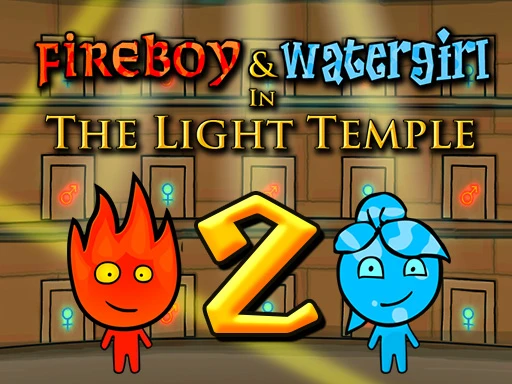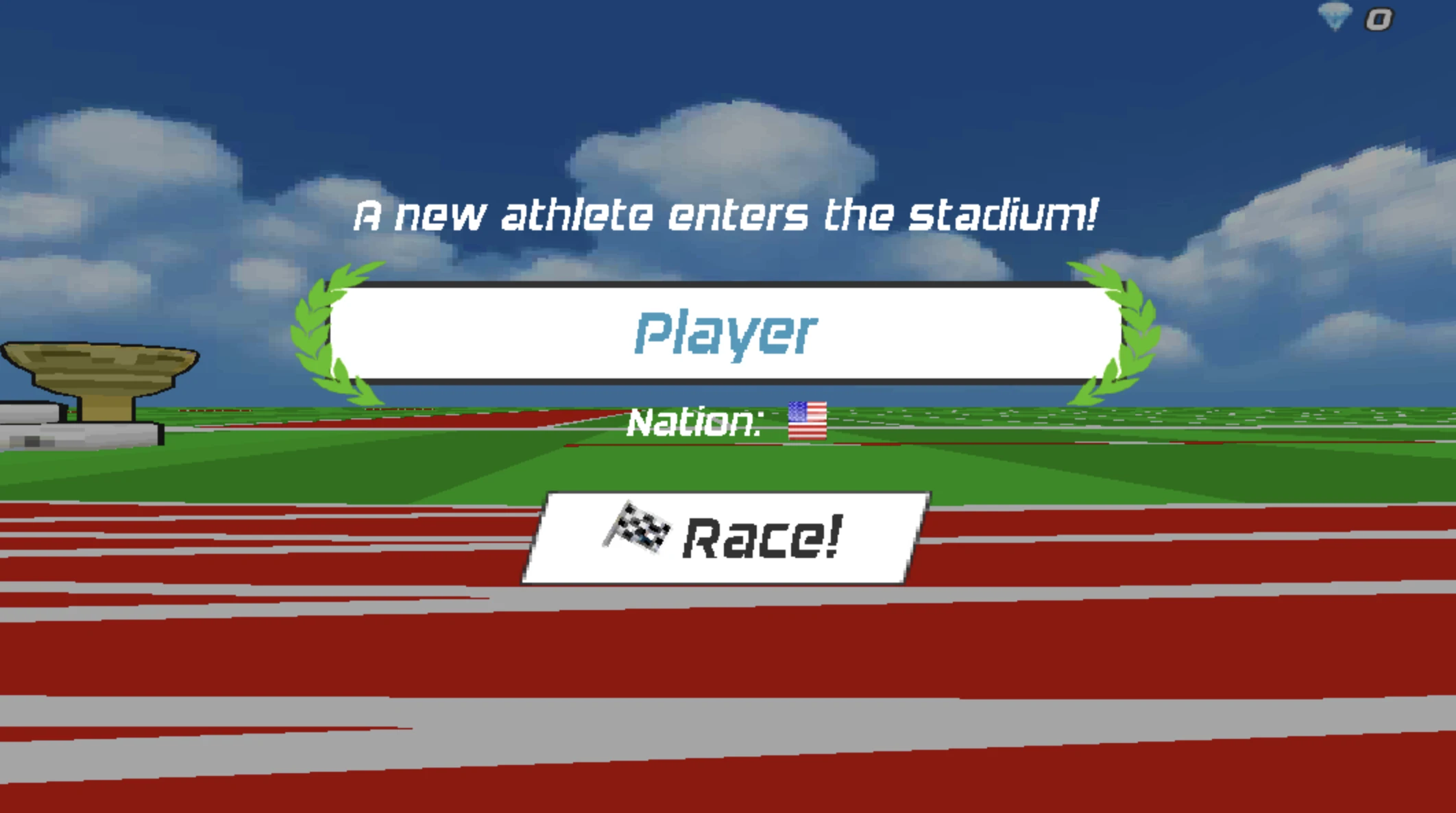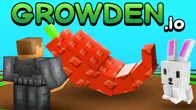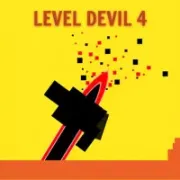
Simulation

Drift Boss Arena
More games to drift through
Swap tabs in seconds and keep the momentum going with another arcade favorite.

Simulation

Simulation

Adventure

Survival

Simulation

Sports

Simulation

Puzzle

Action

Racing

Puzzle

Simulation

Strategy

Puzzle

Simulation
Adventure
Step into Untime and guide Circe through a 15-minute, browser-ready journey in Dugo. Explore memories, choices, and clues—play instantly with no installs.
Untime is a compact narrative experience that starts the second you click, inviting you to follow Circe through a misty town where every corner feels like a memory you once lost. Designed for the browser, Untime runs without downloads, so the mood, the sound, and the decisions take center stage. In Untime, the pacing is deliberate yet fluid: you move, examine, and choose at your rhythm while the world reacts in subtle, human ways. The appeal of Untime lies in how much it accomplishes in a brief window—fifteen minutes that feel layered with years, sketched by painterly backdrops and guided by audio that swells and hushes like a breath you didn’t realize you were holding.
Untime loads as a prominent embed, removing barriers between curiosity and play. That choice supports the story’s themes: Untime is about approaching personal thresholds, so the design welcomes you across one more threshold with a single click. If an embed is ever blocked on your device, Untime still offers a smooth path forward—open a new tab, continue where you left off, and keep the momentum. Because Untime is architected for accessibility, it performs consistently on laptops, desktops, and most modern mobile browsers. That means Untime can be a shared experience in classrooms, streams, or clubs, where a single URL delivers the entire journey.
Untime follows Circe as she retraces steps through the town of Dugo, collecting small anchors—photos, sketches, a phrase echoing from a café doorway—that prompt choices both literal and symbolic. Untime never shouts; it whispers through visual cues, soft lighting, and interactive keepsakes that reveal more when you linger. The structure of Untime rewards attention: you can drift forward quickly and still reach the ending, but pausing with Untime reveals texture—notes in a margin, a bench carved with initials, a pattern of footsteps detouring around puddles. Each detail in Untime encourages you to read the environment as much as the text.
Untime introduces its mechanics inside the story, not in a detached tutorial. A tooltip appears only when it feels like a thought you might have had anyway. That restraint gives Untime an intimacy rare in short adventures. The interface uses gentle gradients and responsive type so that Untime always feels calm to navigate, even when the subject matter tilts toward grief and repair. If you’re returning after a first run, Untime still offers new angles. A different cadence—walking a street slower, re-checking a window, accepting or refusing a prompt—can shift the tone in small but meaningful ways. Because Untime is short, experimenting is frictionless. You can revisit a moment, try an alternate response, and let Untime show you a fresh echo.
Untime emphasizes legibility. Interaction points glow softly; ambient sound ramps up to guide your attention; captions support quiet listening spaces. Nothing is cluttered, so your focus rests on Circe’s interior motion. Untime makes each prompt feel like a lived decision rather than a checkbox. That clarity suits streamers and educators as well: Untime reads cleanly on captured video, and a replay still feels authentic because Untime’s mood is generative rather than scripted beat by beat. You are never forced; you are invited, which is why Untime’s decisions land.
Untime benefits from being simple to recommend. Drop the link in a group chat, and anyone can launch Untime and understand what to do within seconds. If you’re collecting references for a class or club, Untime can be archived alongside other short-form works; its browser-first design ensures that Untime will open reliably across different machines. When you refresh, Untime reloads with the same clean onboarding, so presenters can quickly reset for the next viewer. For creators who value documentation, Untime is also friendly to screenshots: visual composition remains readable without UI clutter, and Untime’s palette keeps text legible over backgrounds.
Untime sits comfortably alongside other focused, replayable experiences—skill-forward challenges, cooperative puzzles, and mystery-driven stories. After you finish Untime, you may be in the mood for dexterity or co-op. The home layout curates options that pick up where Untime leaves off: adrenaline from a chase scene, the satisfaction of a solved riddle, or the warmth of teamwork. That continuity helps Untime function as both standalone vignette and gateway: a quick contemplative pause before you jump into faster rhythms. Because Untime respects your time, it becomes the piece you recommend to friends when they ask for something meaningful but not overwhelming.
Untime understands that the web is at its best when immediacy meets craft. The world-building is economical, the interface careful, the sound design empathetic. With each choice, Untime trusts you to assemble a personal arc from small, potent signals. You can treat Untime as a coffee-break reflection or a miniature ritual at day’s end. In either case, Untime leaves room for interpretation instead of closing every gap. That generosity is the hallmark of Untime’s design.
Let Untime breathe. Don’t rush past quiet frames; linger for a few seconds and you may notice a new cue. Consider how Untime pairs objects with emotions—pens with promises, doors with boundaries, fog with perspective. Try toggling audio to feel how Untime’s soundtrack shapes perception. If possible, replay Untime once. On a second pass, the town’s layout in Untime feels familiar, which frees you to experiment with different choices and catch motifs you missed earlier. Keep volume at a moderate level; Untime is mixed for clarity rather than jump scares. Finally, approach Untime with curiosity instead of completionism. You can reach the end swiftly, but you’ll get more if you treat Untime as a place to visit, not a box to tick.
In a landscape full of sprawling games, Untime excels by crafting a focused journey that’s easy to start and satisfying to finish. Its browser-first philosophy means Untime belongs wherever you are—on a laptop in a café, on a desktop between meetings, or on a tablet while traveling. When you share it, Untime delivers the same graceful cadence to someone new. That’s why Untime endures after the credits: the design nudges you to reflect on what you carried in, what you discovered, and what you’re ready to leave behind. If you value experiences that respect your attention while offering depth, Untime is the right door—one click to open when you need a calm, reflective loop. Keep headphones on, journal nearby, and let the gentle puzzles reset your pace.
Untime rewards attention more than speed. Revisit scenes, chase alternate endings, and trade quiet theories with friends; the conversations last almost as long as the playthroughs.
Need more drift intel? Read the Drift Boss Help Center or contact our crew through the support page.